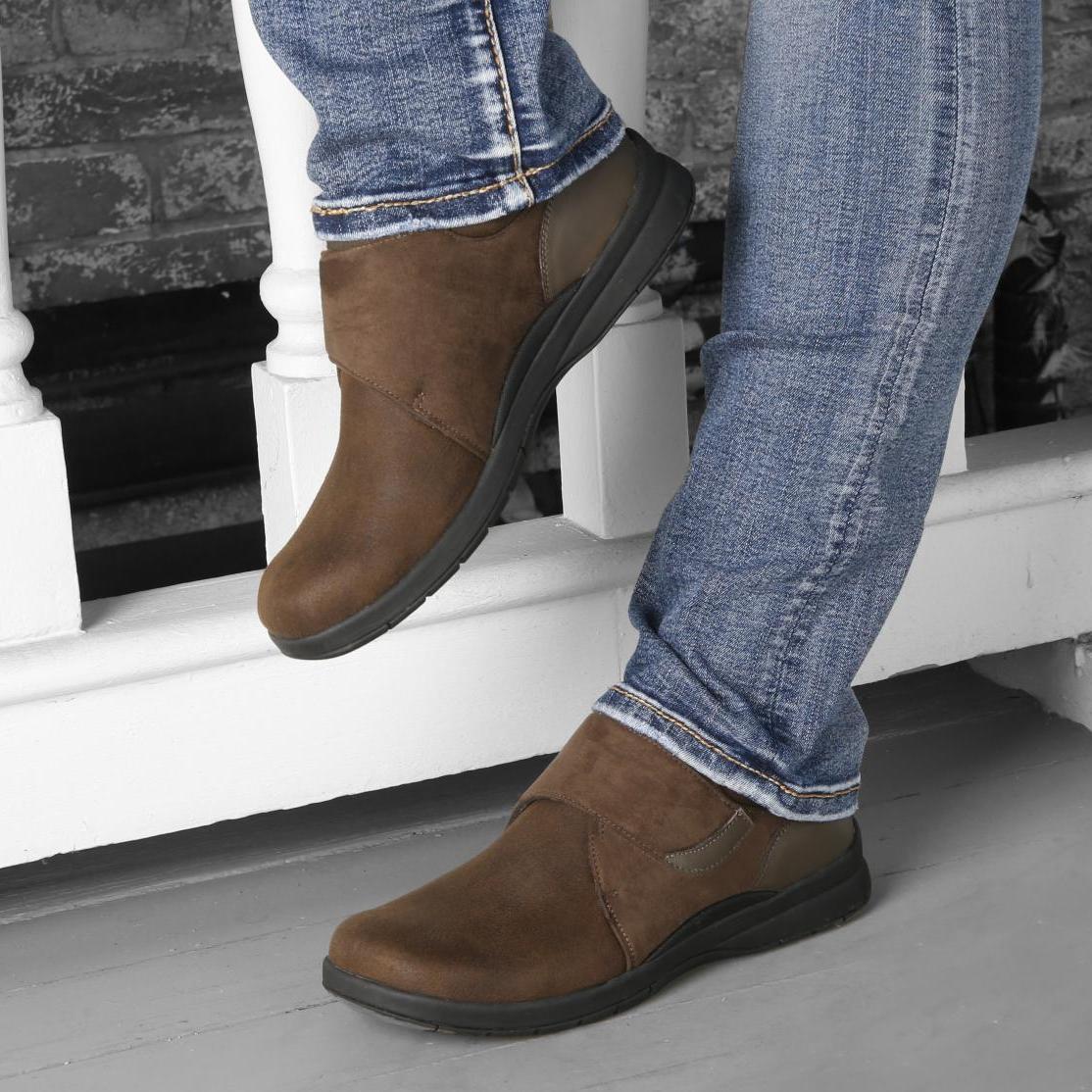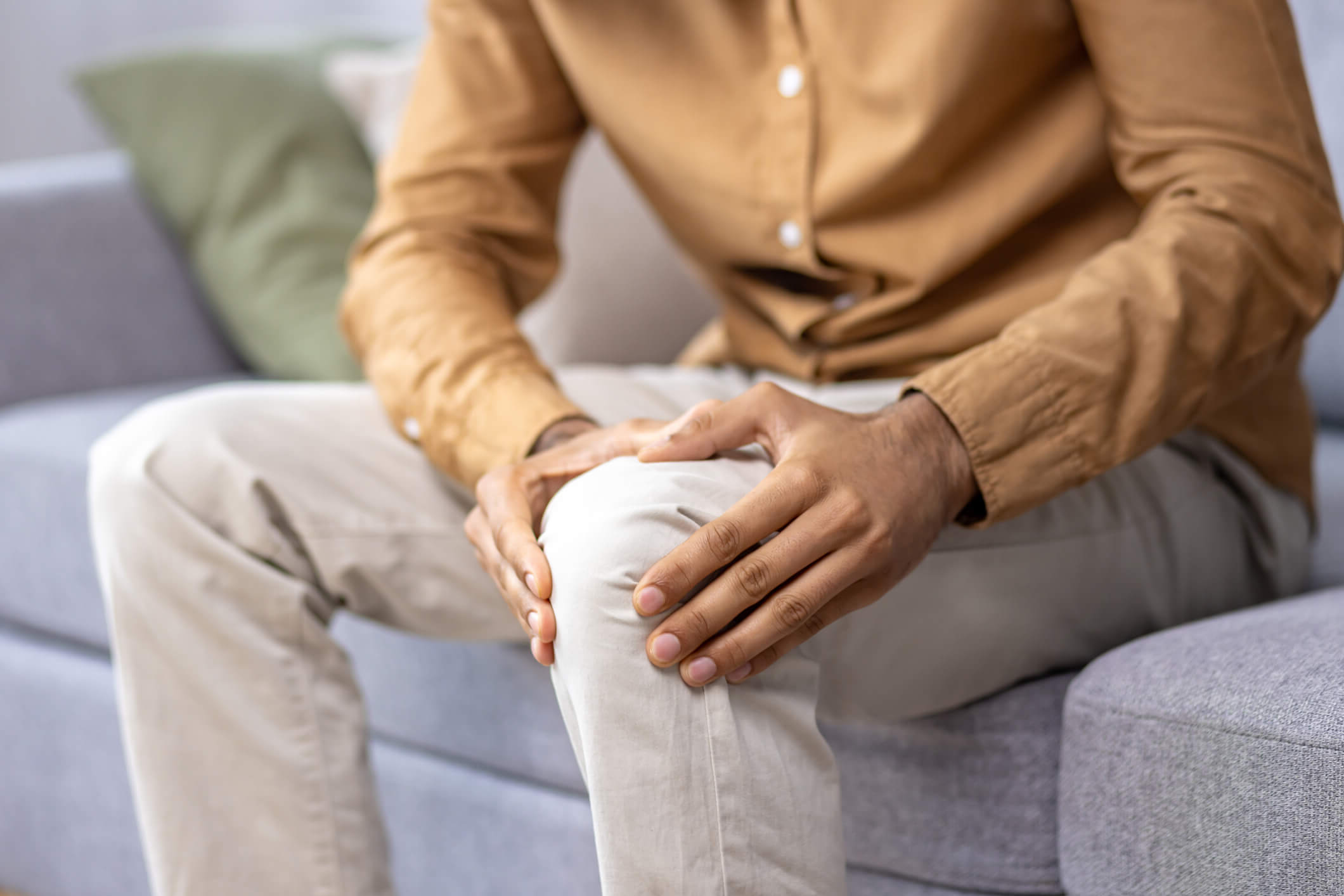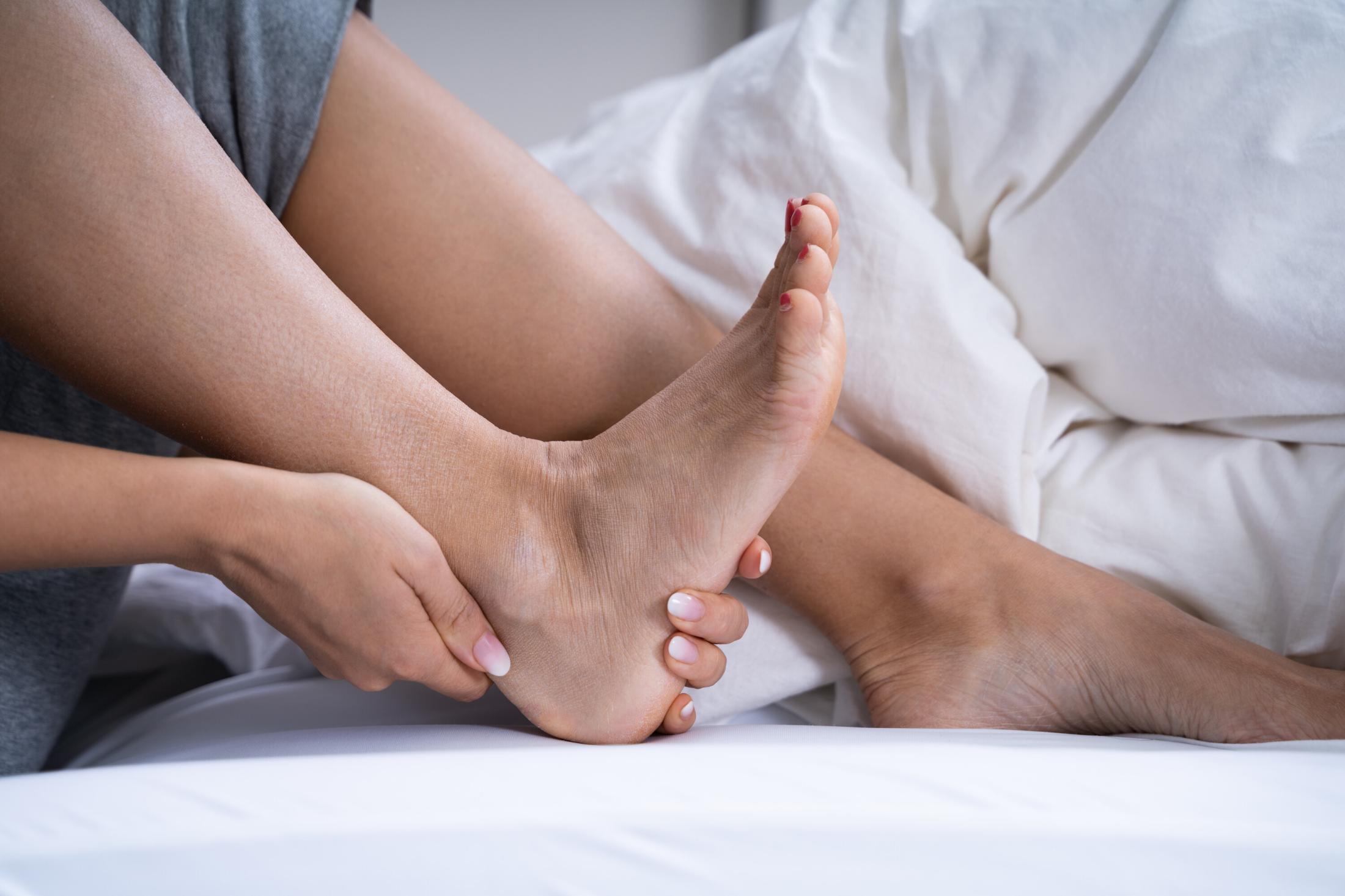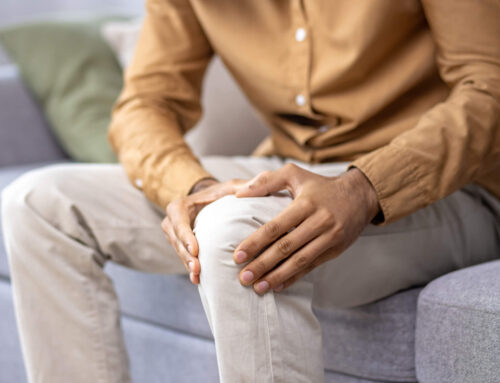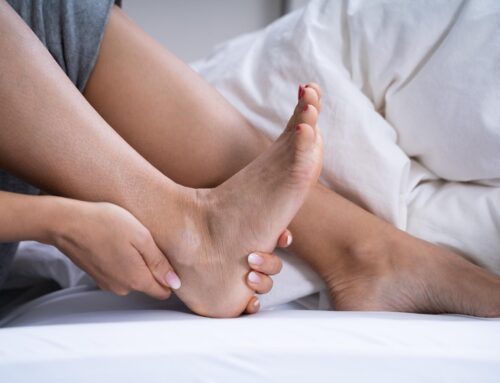Foot problems are a prevalent issue among men, significantly impacting daily activities and overall quality of life. Common ailments such as plantar fasciitis, bunions, and arthritis can cause considerable discomfort and mobility issues. These conditions not only affect one’s ability to walk or stand for prolonged periods but can also lead to more severe health complications if left unaddressed. Orthopaedic shoes for men tackle these issues head-on, providing support and cushioning to boost both comfort and functionality.
Shoes that fit poorly or do not provide adequate support can exacerbate existing problems and even lead to the development of new ones. Men often overlook the necessity of good footwear, frequently prioritizing style over comfort and functionality.
Orthopaedic shoes enhance mobility and alleviate pain with features such as wider toe boxes, extra depth for orthotics, and supportive heel counters. These shoes provide both preventative and therapeutic benefits.
What are Orthopaedic Shoes?
Orthopaedic shoes are specially designed footwear that actively supports and accommodates the mechanics and structure of your foot, ankle, and leg. Packed with medical and comfort features, they help people with existing foot problems find relief and prevent potential issues for those with healthy feet but demanding lifestyles. Unlike standard shoes focused on style, orthopaedic shoes are constructed with specific health goals in mind, often tailored to address your individual needs.
The key difference between regular and orthopaedic shoes lies in their design and purpose. While regular shoes prioritize fashion trends, orthopaedic shoes are engineered with precision for optimal health and comfort. They go beyond basic support by actively aligning your feet correctly, distributing weight evenly, and reducing pressure on sensitive areas. This focus on health benefits makes them essential for people with specific foot health concerns.
Key Features of Orthopaedic Shoes for Men
Several key design elements set orthopaedic shoes apart and contribute to their effectiveness:
- Supportive Structures: These shoes are often equipped with reinforced heel counters, rigid shanks, and contoured footbeds to provide stability and support the arch of the foot. Such structures help in reducing the strain on the feet during movement, thereby preventing foot fatigue and pain.
- Adjustable Fittings: Many orthopaedic shoes come with adjustable straps or laces, allowing for a more personalized fit. This adjustability is important for accommodating changes in foot size due to swelling or any other condition that might affect the foot’s shape.
- Materials Used: Orthopaedic shoes are crafted from high-quality, durable materials that can withstand the rigors of daily use without losing their supportive properties. Leather, for instance, is frequently used for its durability and ability to mold to the foot’s shape. Additionally, breathable fabrics are employed to manage moisture and maintain a healthy environment within the shoe.
Common Foot Problems
Addressed by Orthopaedic Shoes
Plantar Fasciitis
Plantar fasciitis is a common condition characterized by sharp, stabbing pain in the heel or the bottom of the foot, particularly noticeable with the first steps after waking up or after long periods of rest. This discomfort results from inflammation of the plantar fascia, a thick band of tissue that runs across the bottom of your foot and connects your heel bone to your toes.
Orthopaedic shoes provide enhanced arch support and deep heel cups. These features help distribute pressure more evenly across the foot, reducing the strain on the plantar fascia during activities. Additionally, the cushioned soles absorb impact, lessening the pain and allowing for a more comfortable movement.
Bunions
Bunions are bony bumps that form on the joint at the base of the big toe, often caused by wearing narrow, tight shoes or due to genetic predispositions. This misalignment of the toe joint can lead to pain, swelling, and restricted movement.
Orthopaedic shoes offer relief by featuring wider toe boxes that reduce pressure on the bunion, allowing the foot to spread naturally without confinement. The firm, supportive soles of orthopaedic shoes also help in stabilizing the foot and preventing the progression of bunions by keeping the foot aligned and reducing the load on the affected joints.
Arthritis
Arthritis in the feet can cause swelling, pain, and stiffness, particularly in the toes and midfoot. It can significantly impair one’s ability to perform daily activities by making movement painful and difficult.
Orthopaedic shoes benefit individuals with arthritis by offering extra cushioning and support, which reduces joint stress during walking or standing. The flexible yet supportive design of these shoes accommodates swollen joints and helps in maintaining proper foot alignment. Moreover, the use of soft, seamless linings minimizes the potential for irritation, providing a gentle environment for sensitive feet affected by arthritis.
Choosing the Right Orthopaedic Shoes for Men
Selecting the right orthopaedic shoes is essential for addressing specific foot issues and ensuring overall foot health.
- Fit and Comfort: The most critical aspect of choosing any footwear, especially orthopaedic shoes, is the fit. A proper fit ensures that the shoes are neither too tight nor too loose, providing adequate room without allowing excessive movement that could lead to friction or blisters. Comfort should never be compromised, as the primary purpose of orthopaedic shoes is to provide relief and support where it’s most needed.
- Arch Support: People have different arch types—low, neutral, and high—so understanding your arch type is important when selecting shoes that offer the right support. Orthopaedic shoes with proper arch support can distribute pressure evenly across your feet, reducing pain and discomfort from conditions like plantar fasciitis or flat feet.
- Shoe Width: For those with wider feet or conditions like bunions or hammertoes, extra width in shoes is essential to avoid pressure on painful areas. Many orthopaedic shoes are available in various widths to ensure each part of the foot rests comfortably without constriction.
Tips for Trying On and Testing Shoes
Properly trying on and testing orthopaedic shoes can significantly enhance their effectiveness.
- Best Practices for Trying On Shoes: It’s advisable to try on shoes later in the day when your feet are most swollen to get a better sense of how they fit under typical conditions. Always bring or wear the type of socks you plan to wear with the shoes to ensure an accurate fit. If you use custom orthotics or inserts, bring them along to test with the shoes.
- How to Assess Shoe Fit and Support: When trying on orthopaedic shoes, walk around in them to assess their comfort and support. Check for any areas that pinch or rub, as these could lead to discomfort or blisters over time. Ensure there is about a thumb’s width of space between the front of the shoe and your longest toe. This space allows room for movement. The arch of the shoe should align snugly with your foot’s arch, offering support without causing pressure.
Custom Orthotics Integration with Orthopaedic Shoes
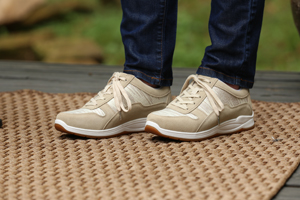
When integrated with orthopaedic shoes, custom orthotics can:
- Enhance Support: Orthotics complement the structural support of orthopaedic shoes, providing targeted relief and stability where it’s most needed.
- Increase Comfort: By aligning to the unique shape of your foot, custom orthotics can prevent the discomfort caused by uneven pressure points.
- Improve Functionality: With both orthotics and orthopaedic shoes working together, they can help in correcting gait issues and reducing strain on the ankles, knees, and hips.
Customization Options at Care-Med
Care-Med prioritizes customization and personalized care. We understand that everyone’s feet are different and offer a range of options to create orthotics that work perfectly with your orthopaedic shoes.
We use advanced scanning technology to capture the exact shape of your feet. This ensures a tailored fit for each pair of orthotics, perfectly matching your unique contours. We also offer a variety of materials for orthotics, depending on your needs. You can choose from rigid materials for maximum support or flexible options for enhanced comfort.
Care-Med provides specialized orthotics designed for specific purposes. Whether you need them for sports performance, everyday comfort, or managing foot conditions like diabetes, we have options to meet your needs.
Our personalized approach ensures that every client receives orthotics that address both medical requirements and lifestyle preferences. This comprehensive customization enhances the effectiveness of orthopaedic shoes, leading to optimal foot health and comfort.
Embrace Healthier Footwear Choices
Orthopaedic shoes for men offer a substantial benefit in managing and alleviating foot problems. By providing enhanced support, comfort, and alignment, these shoes are instrumental in addressing conditions like plantar fasciitis, bunions, and arthritis. The integration of custom orthotics further augments these benefits, ensuring each individual receives tailored solutions to their foot care needs.
Book a foot assessment with Care-Med for a personalized consultation and fitting session. Our experts are ready to assist you in selecting the perfect orthopaedic shoes and custom orthotics designed to provide you with the best support and comfort. Don’t let foot pain hold you back any longer—let us help you move forward with confidence and comfort.
Share This Story, Choose Your Platform!
Table of Contents
We specialize in orthotics, body braces, and compression wear tailored to your unique needs in Toronto. Reach out to us at info@caremed.care or call 416-782-5353 to book your fitting and consultation.
Experience the difference of customized solutions designed just for you.


